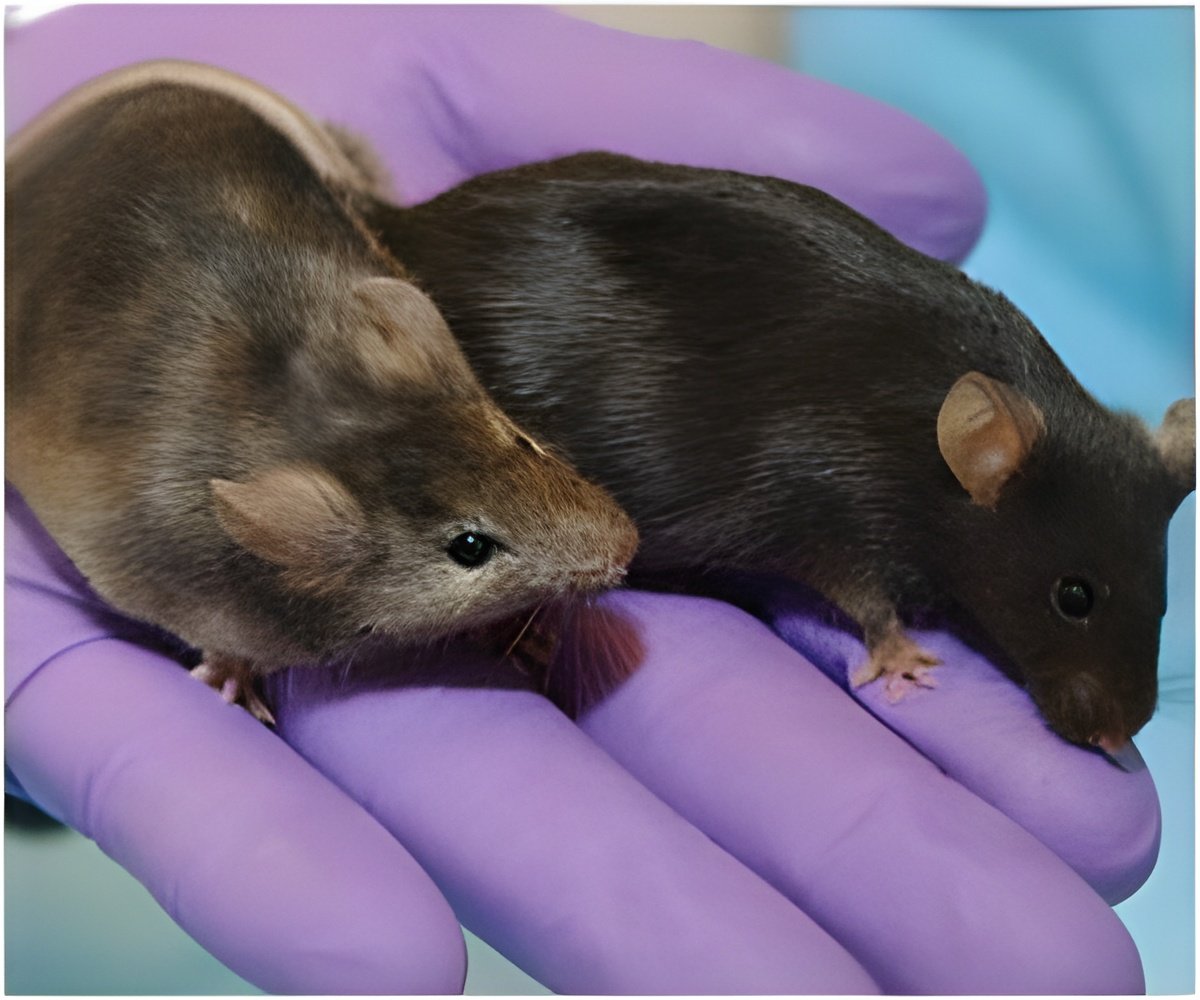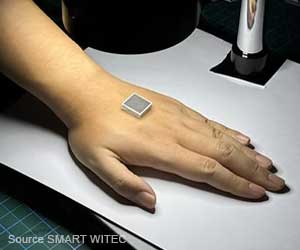The new device dramatically expands the scope of research that can be conducted through optogenetics to include experiments involving mice in enclosed spaces.

"This is a new way of delivering wireless power for optogenetics. It's much smaller, and the mouse can move around during an experiment," said Ada Poon, an assistant professor of electrical engineering at Stanford.
Poon also said that the device can be assembled and reconfigured for different uses in a lab, and the design of the power source is publicly available. "I think other labs will be able to adapt this for their work," Poon added.
Traditionally, optogenetics has several restrictions and also requires a fiber optic cable attached to a mouse's head to deliver light and control nerves.
These restrictions limit what can be learned through optogenetics. People have successfully examined a range of scientific questions including how to relieve tremors in Parkinson's disease, the function of neurons that convey pain and possible treatments for stroke. But, addressing problems with a social component like depression or that involve mazes and other types of complex movement are more challenging when the mouse is tethered.
The work was published in the Nature Methods.
Source-Medindia
 MEDINDIA
MEDINDIA



 Email
Email




